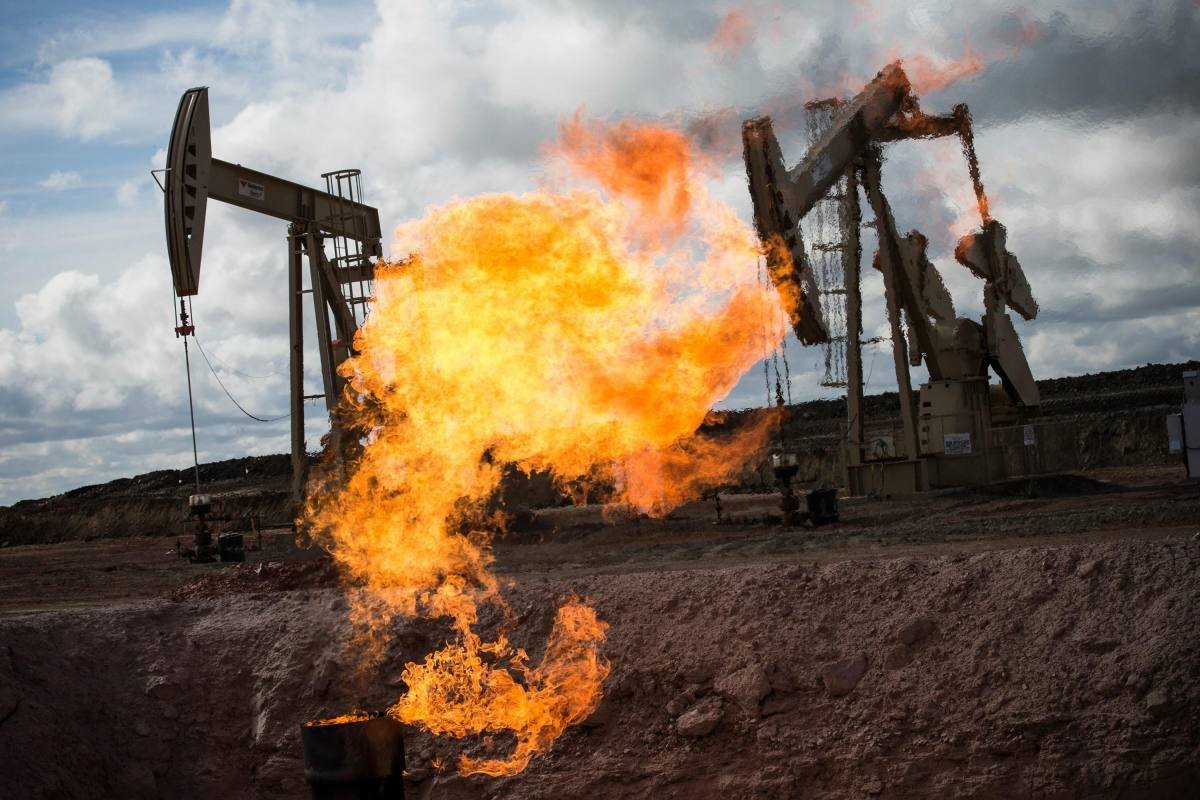When it comes to greenhouse gases, the focus is often on carbon dioxide (CO2), which is responsible for the majority of global warming. However, there is another culprit that cannot be ignored – methane. According to the IEA, methane is responsible for about 30% of climate change. This potent greenhouse gas is such a threat that the US government has implemented fines of $900 per metric ton for polluters who release it this year and plans to raise it to $1,500 per metric ton by 2026.
Methane, commonly known as the main component of natural gas, is a major contributor to global warming. In fact, it is 83 times more potent in causing warming than one molecule of carbon dioxide. Leaks from aging natural gas infrastructure and oil and gas fields are among the main sources of methane emissions.
The challenge lies in detecting these leaks of this odorless, colorless gas. While reporters have been able to trace over 1,000 so-called ‘super-emitters’, this just scratches the surface. The US alone has over 4 million active and inactive oil and gas wells, any of which could potentially be leaking as you read this.
“The key issue why there’s so many emissions is because there’s no real global scale measurement technology out there that can actually operate on the scale of the oil and gas industry,” explained Robert Huppertz, co-founder and CEO of Orbio Earth.
However, with the EPA’s new methane rule, there is finally a financial incentive to develop this technology.
Orbio Earth, a startup company focusing on detecting methane emissions, claims that they have been able to observe a significant portion of estimated oil and gas methane emissions in the US. In fact, the IEA reported that Orbio has estimated that 10 million metric tons of methane were released from onshore oil and gas exploration and production in 2023. If this rate continues this year, oil and gas companies could face fines of up to $9 billion. By 2026, the sum would increase to $15 billion.
Orbio’s proposal is to offer their services to find these leaks and help oil companies seal them at a lower cost. This business model has attracted investors, and Orbio has already raised $4 million in seed funding from the European Space Agency, Initialized Capital and Y Combinator. The startup was also part of Y Combinator’s spring 2023 cohort.
There are two methods of measuring methane emissions: bottom-up and top-down. The bottom-up approach involves installing sensors at key points in oil and gas infrastructure, providing accurate figures but at a high cost. The top-down approach utilizes one or a few sensors that can monitor large portions of the planet, resulting in less accurate results but at a much lower cost.
Orbio Earth is one of the newest players in the methane-tracking market, and they are utilizing the top-down approach. Co-founders Robert Huppertz and Jack Angela have developed algorithms to detect methane emissions using free satellite data.
Despite the fact that their satellite, Sentinel-2, was not specifically designed to detect methane, the results have been impressive. In fact, researchers testing various methane reporting techniques, both commercial and academic, have found that Orbio has been able to detect every leak, with the exception of those below 1 metric ton per hour.
Recently, a satellite dedicated solely to detecting methane, called MethaneSAT, was successfully launched. Just a few years ago, experts believed that more general purpose remote sensing satellites like Sentinel-2 would not be able to differentiate methane from other sources due to its similarities to water, including cloud cover. However, Orbio has developed a method to filter through the noise and identify methane releases by continuously monitoring the Earth’s surface and detecting anomalies over time. If an anomaly is detected, they determine whether it is a methane release and if so, trace it back to the source which could be an oil and gas facility.
Orbio is able to provide emissions data to its clients within 48 hours, and sometimes even less. The startup processes a whopping 10 to 20 terabytes of data daily.
There are various reasons why customers subscribe to Orbio’s data product and analysis. For oil and gas companies, it can help keep an eye on their assets. Investors may use it to assess the performance of their portfolios or benchmark their competitors. Thanks to the satellite data they utilize, Orbio’s data dates back to 2016.
The startup is currently working on applying its algorithms to other satellite data and plans to expand their scope to include other greenhouse gases. As Huppertz stated, “Natural gas will be very much needed for the energy transition. So, making sure that methane and natural gas stay within infrastructure and do not leak into the atmosphere will always be a crucial point until the last drop of natural gas is used.”








